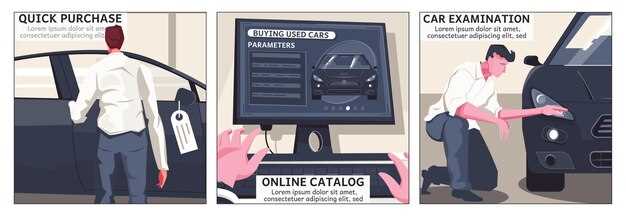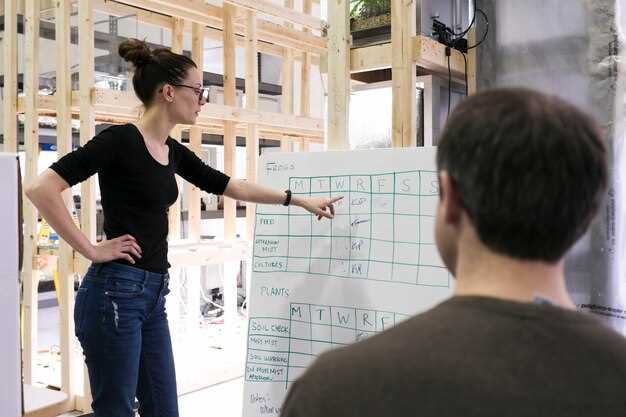
When it comes to car shows, the competition is fierce, and every detail counts. A well-designed display board can be the difference between a car that blends in and one that stands out in the crowd. An effective display not only showcases the vehicle but also creates an immersive experience for viewers.
First and foremost, your display should clearly highlight the key features of the car. Use bold graphics and concise information to draw attention. Include details like the car’s history, specifications, and any unique modifications. The aim is to engage attendees and spark their interest, encouraging them to learn more about the vehicle on display.
Additionally, consider the layout and design of your display board. A clean and organized presentation allows visitors to easily absorb the information. Use high-quality images and a well-chosen color palette to create a cohesive look that complements the car itself. The right visual elements can transform your display from mundane to memorable, making a lasting impression at any show.
Choosing the Right Materials for Your Display Board

When planning a display board for a car show, selecting the appropriate materials is crucial for ensuring that your presentation stands out while also being durable and effective. The choice of materials directly impacts the visual appeal and practicality of your display.
First and foremost, consider the base of your display board. Foam core is a popular choice due to its lightweight yet sturdy nature, making it easy to transport and set up. Another option is plywood, which offers a more permanent solution that can withstand various environmental conditions. If you want something flexible, corrugated plastic is a water-resistant alternative that holds up well outdoors.
The surface material is equally important. Vinyl banners provide vibrant colors and high-quality graphics, making them an excellent choice for car images and branding. Alternatively, matte or glossy paper can work well for printed information or photographs, but it’s essential to laminate them for protection against wear and tear. Using a combination of materials can also create a pleasing aesthetic; for instance, you might use vinyl for the main visuals and paper for text descriptions.
Ease of assembly and disassembly should not be overlooked. Magnetic strips or Velcro can be utilized for modular setups, allowing you to rearrange elements easily. This is particularly valuable when showcasing different cars or aspects of car culture.
Finally, think about the overall weight and portability of your display board. Ensure that the materials you select allow for easy transport to and from the venue without compromising structural integrity. A well-constructed display will draw attention to the showcased car while providing essential information effectively.
Design Tips to Highlight Your Vehicle’s Features
When creating a display board for car shows, it’s essential to focus on the unique features of your vehicle. Start with a clear and concise layout that directs the viewer’s attention to the key aspects of your car. Use bullet points to summarize distinguishing features such as engine specs, performance capabilities, and design elements.
Incorporate high-quality images of your car at different angles. Ensure that these images complement the text and highlight the vehicle’s most attractive elements, such as its paint job, interior, or wheel design. A well-placed image can create a strong visual impact, drawing attention to specific areas of interest on your display board.
Utilize contrasting colors for text and background to improve readability. Ensure that any fonts used are clear and professional. A bold headline can effectively capture attention, while a consistent font style across the board maintains cohesion and professionalism.
Add visual elements such as arrows or icons that lead the viewer’s eye toward the most important features. This can help convey information quickly, making it easier for the audience to understand why your car is special. A simple infographic detailing performance metrics can also engage viewers and present information in a fun, digestible way.
Lastly, consider using QR codes that link to video presentations or digital galleries of your car. This modern approach allows viewers to explore more about your vehicle beyond what is physically displayed, creating an interactive experience that can leave a lasting impression.
Strategically Placing Your Display Board at Events

Effective placement of your display board is crucial to attract attention at car shows. Position your board at eye level to ensure it catches the interest of attendees as they approach. Consider using angles that make it visible from various vantage points, especially from pathways and high-traffic areas.
Utilize the natural flow of foot traffic by placing the display board in strategic locations where visitors are likely to stop. For example, positioning your board near the entrance allows it to be one of the first things people see. Additionally, consider the layout of the event space; avoid corners or areas that may become congested, as this can deter potential viewers.
Lighting is another important factor to consider. Ensure your display board is well-lit, either through natural lighting or by using additional lighting fixtures. This enhances visibility, making your car stand out even more.
Incorporate interactive elements around the display. Having an engaging setup, like a car that visitors can enter or touch, encourages them to approach your display board. This engagement creates an opportunity for visitors to linger and absorb the information presented.
Finally, observe the behaviors of attendees throughout the event. Take note of where people gravitate and adjust your display’s positioning if necessary. Adapting to the environment and maintaining an inviting front will maximize the impact of your display board.



